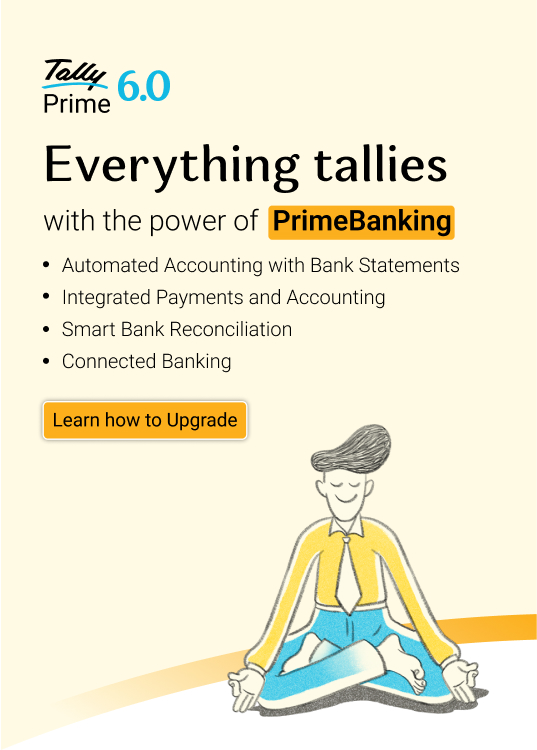Introduction: The Art of Closing Deals
Imagine this - You have spent weeks nurturing a lead, sharing insights, and establishing rapport. Everything seems to go smoothly — until the defining moment arrives to seal the deal. Suddenly, there is hesitation, a delay, or worse, silence from the prospect. For small- and medium-sized businesses (SMBs), instances like these can be disheartening. However, remember there are several ways to redefine your sales strategies and develop meaningful customer relationships.
Transitioning a lead to a loyal customer isn’t just about selling a product or service — it’s about solving problems and establishing trust. Closing the deal is all about mapping your shoppers’ journey, addressing their concerns effectively, and showing undeniable value.
This blog will guide you through some proven strategies that SMBs can adopt to ensure effective deal closures and build enduring customer loyalty.
Understanding the customer’s journey
Your customer journey map visually represents the shopper’s experience from point A to point B. It is impossible to help your lead reach its end point — a successful purchase — without understanding where your prospect falls on this map. The journey is a three-stage process, as detailed below:
1)Awareness stage:
This is a point where prospective clients recognise that they have a problem or a need but don’t necessarily comprehend it. You ought to teach and educate them. You can use blogs, whitepapers, or webinars that help them identify their pain points and look for potential solutions. If you sell inventory management software, for instance, then produce content discussing the common inventory problems that SMBs encounter.
2)Consideration stage:
At this stage leads are actively researching solutions. They are weighing options and assessing what may be best for their needs. Now, it’s time to show off your value proposition. At this stage, case studies, comparison guides, and product demonstrations are precious tools that can be used to attract prospects.
3) Decision stage:
In the last step, a lead decides whether to purchase your product or service or not. It is your job to make the decision-making process as smooth as possible. Highlight customers' testimonials and offer them a free trial or a money-back guarantee to put their minds at ease.
Pro tip:
Use tools such as customer relationship management software to track each lead’s stage in their journey. This will enable you to match your communication and content with their precise needs.
Building trust: The foundation of every sale
The thing that makes every successful business relationship work starts with trust. Even the most promising lead will falter without it. For companies to build trust effectively, they need to be founded on transparency and credibility.
- Establish credibility
Firms showcasing expertise are more likely to receive engagement from potential customers. Client testimonials, case studies, or success stories help establish credibility since they are reliable. Let’s consider the testimonial of a retailer who successfully leveraged your product to boost sales by 25%. This provides fantastic proof for reluctant buyers.
- Listen actively
Attentive listening is necessary for understanding a customer’s pain points. Instead of focusing on pitching, businesses should create an environment for open dialogue to uncover what is really important to the customer.
- Provide customised solutions
Generic approaches often fall short. Companies identifying and offering solutions to specific problems are far more likely to succeed. For instance, listing software’s features is less effective than showing an example of how it saves you hours of work on administration.

Overcoming objections like a pro
Sales objections are a natural part of the sales process, and how businesses respond to these will ultimately determine the outcome of a deal. The key is to treat disagreements as opportunities, not barriers.
Common objections and effective responses
- Price:- If the customer expresses concern about the price, help them to focus on the long-term benefits. For instance, you can try to convince them by saying that your product can save them 30% in annual operating costs, making it a worthwhile investment that will pay off significantly over time.
- Time: Hesitations about time can be overcome by creating urgency. For example, comments such as “If you launch this venture before the next financial quarter, it will make the most of your investment” can help you push the conversation forward.
Turn objections into strengths
For instance, if a product seems too advanced for a potential buyer, you can reframe it as future-proofing their business for upcoming challenges.
The power of follow-ups
Follow-up is often what determines sales success. Most sales happen after five or more follow-ups, yet many businesses only try once or twice. It’s persistence and personalisation that drive business.
Best practices for follow-ups
- Personalisation: Refer to past discussions or specific challenges to make follow-ups meaningful.
- Be resourceful: Share case studies that will add value.
- Automate thoughtfully: Employ tools such as HubSpot or Salesforce to set up reminders.
Personalising your sales pitch
Personalising your sales pitch to address your customer's unique problems or needs can help you gain sales. Here is how you can effectively customise your presentation.
- Research: You need to truly understand the lead’s industry, their challenge, and goals.
- Adapt: Use savvy writers to show relevance in the pitch using industry-specific language.
- Highlight benefits: Emphasise outcomes like saving time or increased efficiency, and not specific features.
Leveraging tools and technology
Technology can significantly streamline the sales process, enabling businesses to work smarter, not harder.
Essential tools for sales success
- CRM software: There are platforms like Salesforce or Pipedrive that help businesses track interactions, get leads, and set up customer relationships.
- Email automation: With tools like Mailchimp or Netcore, you can send timely, personalised follow-ups.
- Analytics platforms: Tools like Google Analytics and Hotjar will show a company its website performance, user behaviour, and areas for improvement, so businesses can make more informed decisions to stay ahead.
Closing techniques that work
Closing a sale requires strategy and confidence. Businesses can employ various techniques to secure commitments effectively.
Proven closing strategies
- Assumptive close: Go ahead as if the decision has already been taken. For example, tell your client, ‘Let’s get your account set up today.’
- Urgency close: Speed up action by using time-sensitive offers. Statements such as ‘This promotion ends tomorrow’ can create urgency.
- Alternative close: Give the lead options instead of a yes-or-no question. “Would you prefer the monthly or annual subscription?”
Questions to ask before closing a sale
- “What’s holding you back from moving forward?”
- “Does this solution meet all your needs?”
- “Is there anything else you’d like to discuss before we proceed?”
Turning one-time customers into loyal advocates
A sale isn’t merely a business transaction; it is actually the start of a relationship. A nurturing relationship with one-time customers can help you make them your loyal advocates who refer your business to others.
- Post-sale engagement
Regularly check with your customers to ensure they are happy with their purchase. Provide them with updates, tips, or resources that can help them maximise the value they derive from your product or service.
- Gather feedback
Ask customers for feedback and take it seriously. For example, send a post-purchase survey to them and act on their suggestions.
- Encourage reviews and referrals
Satisfied customers can become your best marketers. Offer incentives for referrals or positive reviews.
Conclusion: Mastering the art of sales
Closing deals is not only about achieving the target but also the establishment of a long-lasting business relationship. You can turn your sales processes into a robust growth engine by tracking the customer journey, intercepting their questions, and making the best use of the correct tools.
Start using these strategies right now and witness your sales soar!




